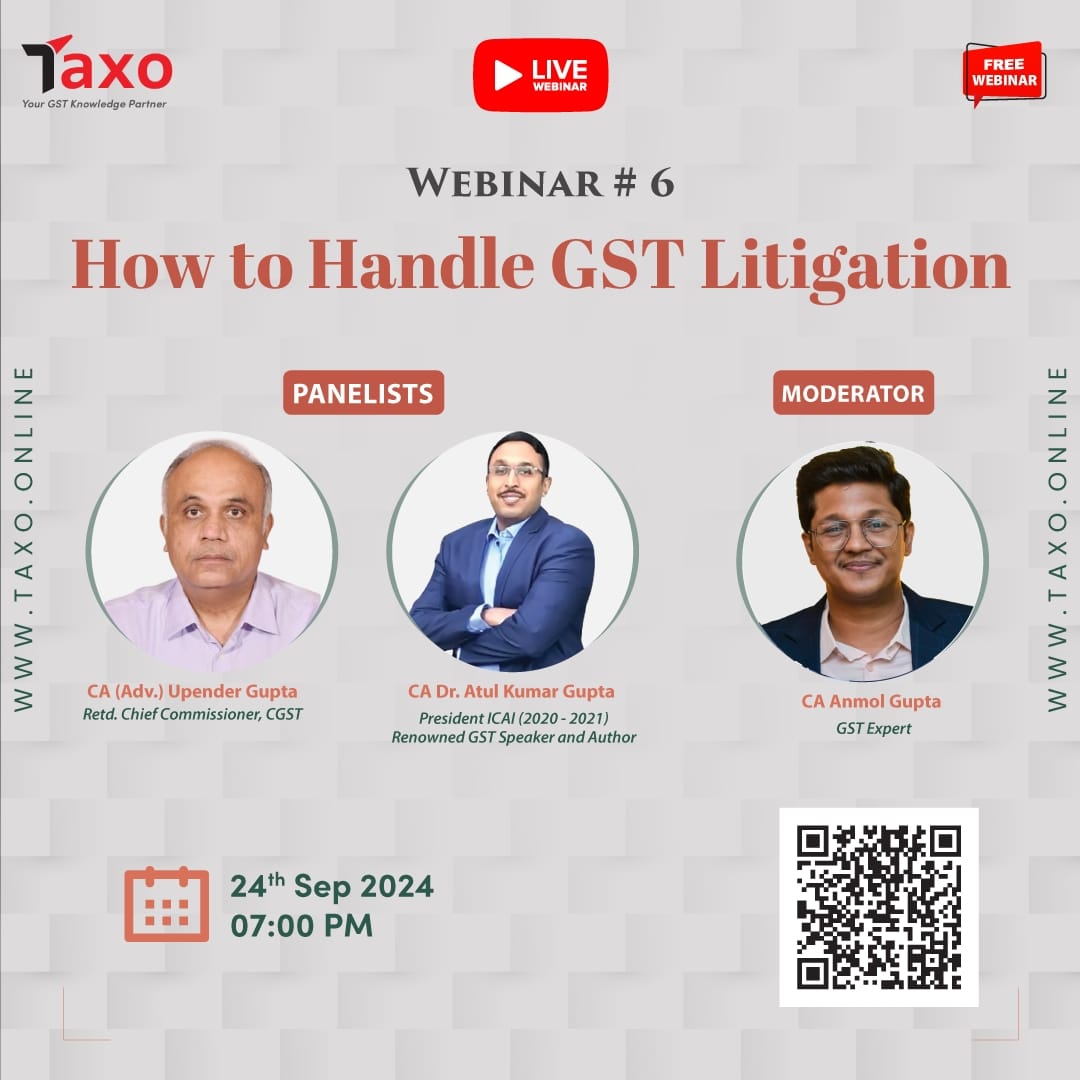 Amid Union Finance Minister Nirmala Sitharaman holding pre-Budget consultations with various industry bodies, the automobile industry is seeking a growth-oriented Budget, sops for electric vehicle (EV) ecosystem and rationalisation of tax structure, among other demands.
Amid Union Finance Minister Nirmala Sitharaman holding pre-Budget consultations with various industry bodies, the automobile industry is seeking a growth-oriented Budget, sops for electric vehicle (EV) ecosystem and rationalisation of tax structure, among other demands.
Vinod Aggarwal, Volvo Eicher Commercial Vehicles (VECV) CEO and SIAM President, said, “The government should continue the growth-oriented projects for which it had earmarked Rs 750,000 crore last year. Now since the government’s revenues are also going up, its affordability will also be better. Additionally, the government should take some steps to boost consumption in the rural economy.”
In the last Budget, Sitharaman had raised the outlay for capital expenditure by a sharp 35.4 percent to Rs 7.50 lakh crore for the financial year 2023 from Rs 5.54 lakh crore in FY22.
Martin Schwenk, CEO & MD at Mercedes-Benz India, too expects the government to continue capex on infrastructural projects and pursue the push for green mobility, especially expediting the charging infrastructure creation across the country. In his view, the policies encouraging e-mobility adoption should be long-term, steady and continue till the industry gains a critical mass.
Over the last few years, the industry faced multiple roadblocks such as semiconductor shortage, BS-VI emission norms implementation, pandemic-induced restrictions, unbridled commodity price increases, fuel price hikes, rise in insurance costs, etc. Just like last year’s Budget, it hopes there could be some ‘rationalisation of GST rates’, ‘relief in personal income tax’, and ‘reduction of (import) duties’ to create additional demand for vehicles.
Schwenk from Mercedes Benz India feels that the luxury car industry has a significant value contribution to the GDP and he wishes for a rationalised duty structure and GST to remain high on priority. “A reconsideration of the current taxation and continued efforts to establish FTAs (free-trade agreements) with major economic markets for long-term growth is highly wished for,” he noted.
As per Invest India, the Indian automobile industry is worth more than $222 billion and is set to become the third largest in the world by 2030.
Remove multiple tax slabs
Industry participants have been asking for the removal of multiple tax slabs.
President of ACMA, Sunjay Kapur too spoke about a uniform GST of 18 percent. “The industry’s large aftermarket processes are plagued by grey operations & counterfeits, a uniform GST rate will not only resolve this issue but will also increase tax revenue through better compliance,” he said.
According to ACMA estimates,the majority of the auto components (roughly 60 per cent) come under the 18 per cent GST rate and the rest 40 percent comes under 28 percent GST. The higher percentage of GST leads to an increase in spurious parts and grey market sales, hurting original equipment manufacturers, ACMA said.
Despite employing nearly 40 million people and contributing nearly 50 percent to the manufacturing GDP, the industry is not expecting any major tax breaks for vehicles which are run on fossil fuels (petrol or diesel) and anticipates that EVs will continue to be the focal point of the government.
A senior executive of a car-making company said on the condition of anonymity, “It is better not to have any pre-Budget expectations. This is because it looks unlikely that the government will cut tax rates on ICE (internal combustion engine) vehicles or import duties on certain critical components.”
Shashank Srivastava, marketing and sales head at Maruti Suzuki, hopes the inflation will subside by Q4 of FY23, and with interest rate hikes pausing, it could be a growth-oriented Budget next year. “My wish list would be larger investments in infrastructure creation especially those related to mobility. This includes encouraging localisation in advanced technologies like hydrogen, advanced battery chemistries or next-generation CNG. Also while it may be beyond the ambit of the Budget (due to the GST panel) some incentives need to be provided for environment-friendlier vehicles like CNG and hybrids.”
Ashutosh Pandey, CEO & MD at Mahindra First Choice, feels there should be incentives to formalise the used vehicle industry. He claimed that in the past the industry has been represented through FADA and the mainstream auto companies. “While many things have been done, many others can be done. For instance, draft rules envisage the registration of used car dealers. This should be done. Also, if standardised inspection of cars is made mandatory, it will help customers get more confidence in the vehicles they are buying. Simplification of registration procedures and online transfer of the car to a new user would be a welcome step to formalise the industry,” he said.
He also said there should be a single pan-India market for used cars. “This needs to be thought through. It is a complex issue as it involves local taxes, differing regulations, etc. One way the Budget could do it is by declaring its intent to create a pan-India market for used cars, and create some incentive for car owners to opt for the newly launched ‘BH’ registration that can be driven, bought and sold across the country. At the very least, if the intent is declared, the Ministry of Road Transport and Highways can then be entrusted to formulate appropriate guidelines,” Pandey said.
Expectations from EV stakeholders
India’s EV ecosystem is growing rapidly, supported by government measures and consumer desire for sustainable mobility. To continue the momentum, the EV industry stakeholders are hoping for policies that foster long-term growth in Budget 2023.
The expectations stem from the fact that the EV market is expected to grow at a CAGR of 49 percent during 2022-2030 and is expected to hit 10 million-unit annual sales by 2030. Furthermore, the EV industry will create 50 million direct and indirect jobs by 2030, as per Invest India.
India’s EV value chain revenue pool is expected to reach between $76 billion and $100 billion by 2030, potentially translating to an $8 billion–$11 billion profit pool, according to a report released today by Bain & Company.
Chetan Maini, co-founder and chairman of SUN Mobility, believes India’s EV ecosystem is poised for exponential growth thanks to initiatives such as the FAME and PLI for ACC (Advanced Chemistry Cell) battery schemes. A reduction in GST on ACC batteries for EVs to be at par with EVs (5 percent) during Budget 2023-24 can further bolster the EV sector, according to him.
In his view, this benefit of reduction in taxes can be passed on to the end user in BAAS (Battery as a Service) and battery leasing models. “PLI scheme should be extended to MSMEs especially to manufacture/assemble AC battery packs and charging & battery swapping equipment,” said Maini.
Similarly, Uday Narang, founder and chairman at Omega Seiki Mobility, believes that in order to enhance EV adoption in India, EV financing will become the biggest enabler.
“Some of the steps that would help India to further accelerate the EV adoption is a standardisation of battery voltages and form factors, an extension of FAME II subsidy to promote the conversion of ICE vehicles to electric and correction of the inverted duty structure,” said Narang.
Calling inverted duty unfair, he said OEMs are buying expensive raw materials and selling at low rates, which is burdening them. The tax rate should be the same at 5 percent for all EV players. He also believes if the battery voltages and form factors will be the same then an EV can be charged at any station.
“Commercial EV segment, which is expected to be a key growth vertical, is faced with a lack of financing options. We expect the government to ensure that all the national, state and cooperative banks provide financing at the equivalent rate of ICE vehicle.” He said EVs are charged high rates of interest from 14 percent to 18 percent against 9 percent for ICE.
Similarly, Rajat Verma, founder & CEO of Lohum, a battery solutions firm, believes that a circular economy of battery raw materials will boost India’s energy security and lift domestic manufacturing. In his view, a PLI for battery materials in the Budget, with a special incentive for recycled materials, will help accelerate the industry. “The government support can greatly accelerate this shift and magnify its rewards, which we hope to see in the budget this year,” he said.
Source: Money Control
https://www.moneycontrol.com/news/business/auto-industry-seeks-thrust-on-govt-capex-sops-for-evs-and-rationalisation-of-duty-structure-9718191.html


